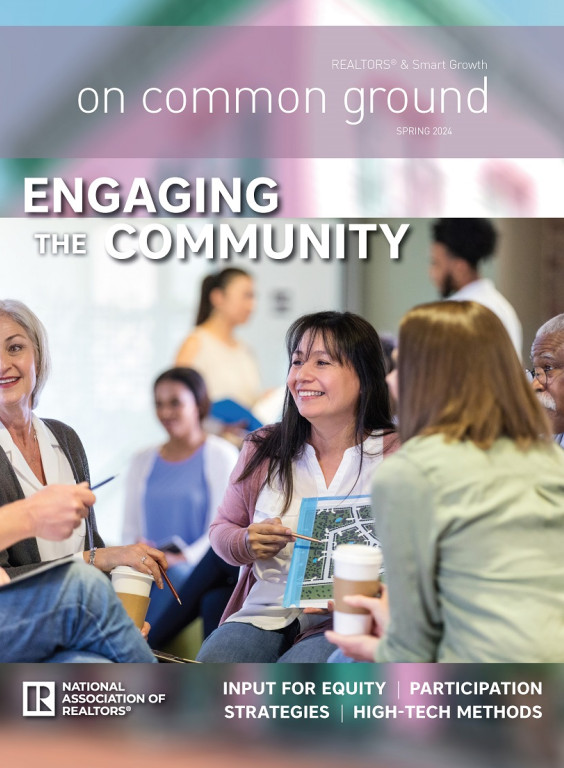Although it has been tried, top-down approaches to community planning aren’t likely to hit a home run or reflect the wants or needs of the residents. Rather, we have learned the hard way, that there is a greater chance of project success if one employs the “it-takes-a-village” approach to visioning all aspects of growth, small or large. But how best to engage the village?
Now, nearly a quarter of the way into the 21st century, community planners have compiled an impressive playbook with strategies for nearly every situation where the community voice should be heard, ideas considered and attitudes evaluated. And, because necessity is the mother of invention, COVID accelerated the rate at which people, who do this outreach work, innovated new strategies of engagement.
This edition of On Common Ground explores the wide range of techniques being employed to gather those voices and use the sentiment of those conveyed to build and update our ever-evolving built environment in a way that considers the experts — the people who live there.
The stories investigate a myriad of approaches to community engagement — from low-tech to high-tech, from neighborhood-level to regional-level, in settings as varied as pocket parks and transit vehicles and from voices of people from all walks of life. The toolchest of technology is also expanding rapidly and now uses artificial intelligence to digest data and not just to provide summaries but also discern attitudes of the respondents.
What becomes clear is that not just one community engagement strategy fits all, but that different types and sizes of projects and slices of the population require multiple strategies to achieve the most robust understanding of what the people want. The good news is that planners now have the ability to intentionally gather insights from a wider range and greater number of residents whose collective thoughts about place and mobility will shape our communities for the next generations to come.
















